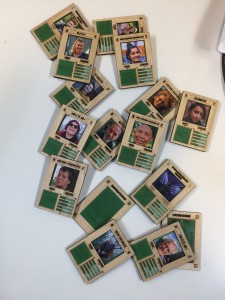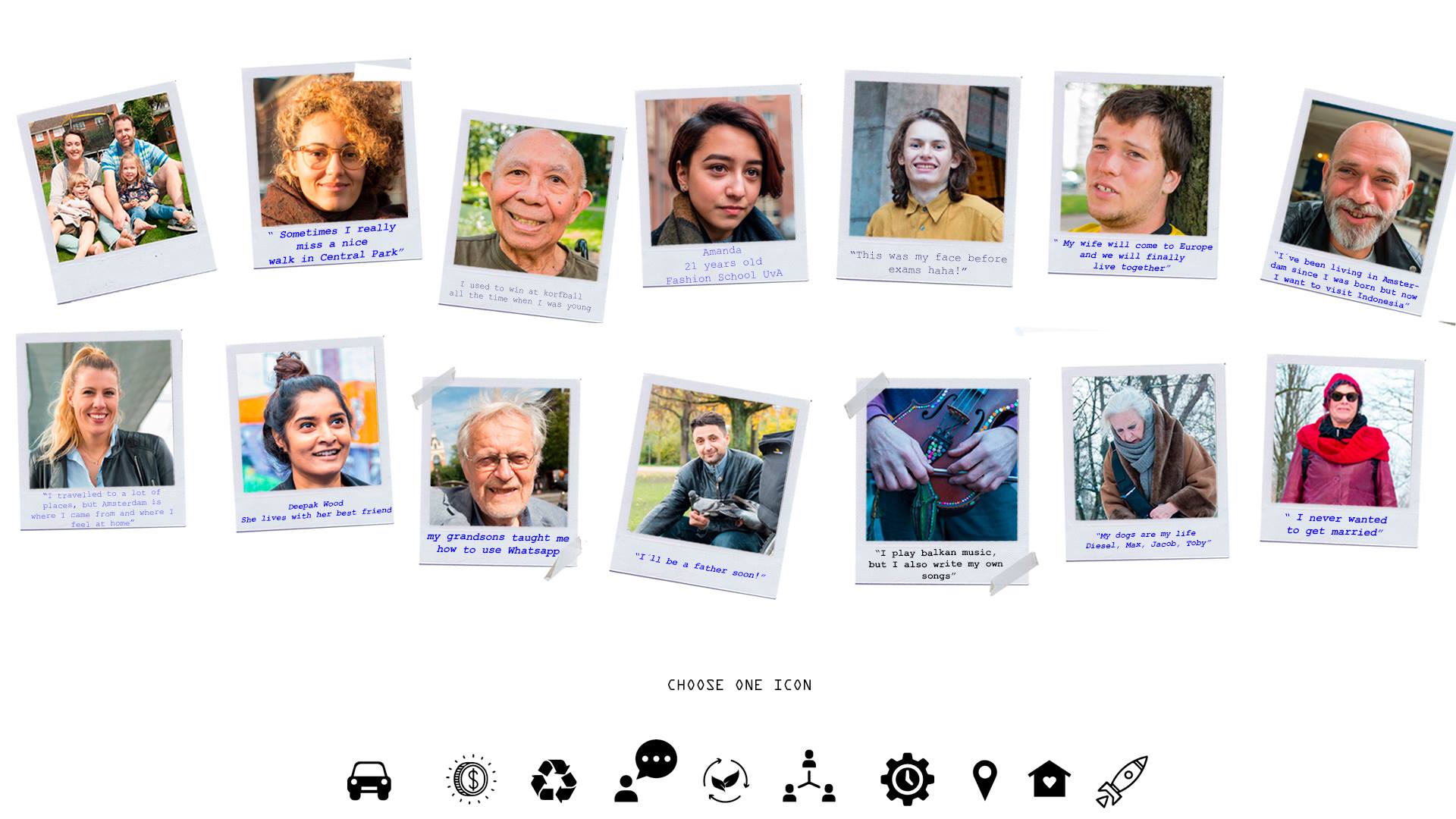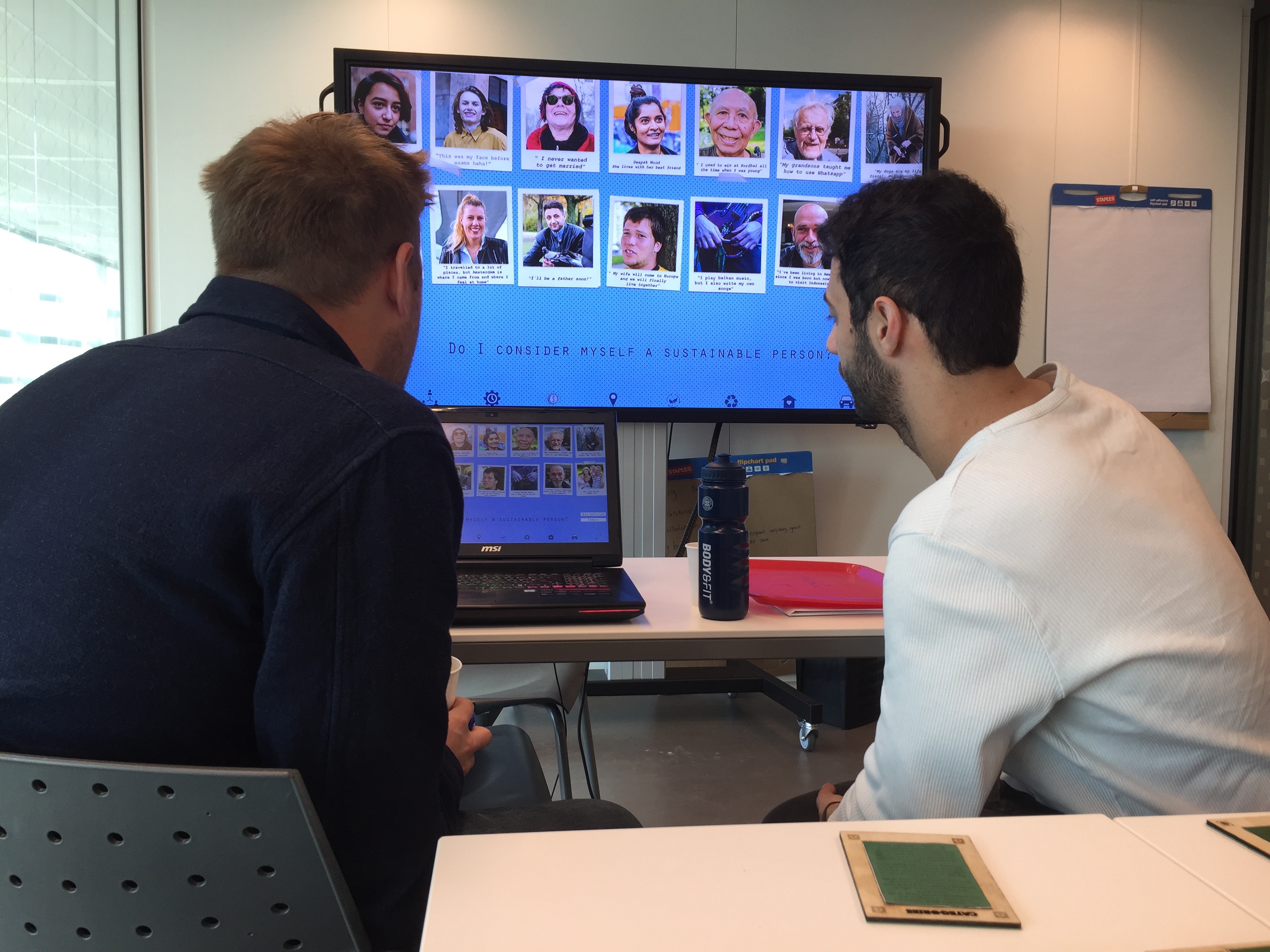After a lot of in-depth interviews, we decided to collect data on a bigger scale by surveying people. The survey is based on the theory of planned behavior, we wanted to understand which variables are determining the behavior of throwing away bulky waste at the waste points.
The survey consisted of questions measuring the attitude, the subjective norm and the perceived behavioral control. We divided the citizens of Amsterdam in different personas, to establish the similarities and differences between personas in achieving the desired behavior.
You can fill in the survey yourself by clicking on the link.
https://uvacommscience.eu.qualtrics.com/jfe/form/SV_a44oiAN8gGhgdRH
We found 8 different personas. Cititzens of Amsterdam with the Dutch nationality, Western immigrants, non-Western immigrants, Middle-Eastern or Moroccan nationality, people over 60, students, people with a relative high income and families.
The data was analyzed in the statistics programm SPSS. Multiple regression analyses were done for the different personas in relation to the intention and past behavior (of throwing away bulky waste at the waste points). These findings are summarized in a research report and is the starting point for the next sprints. We now by which variables the behavior of the different personas is determined.
We created two ‘games’ to present the data of the different personas.
We designed a game called ‘GUESS WHO?’. In this game you have to guess who you are based on the answers provided by the computer to questions related to waste behavior and demographic information. The aim of this game is to show players that most of the assumptions they hold are wrong and thus actually don’t understand the citizens of Amsterdam. Understanding your target group is the first step in creating a solution.
Link for the GUESS WHO? game:
https://drive.google.com/open?id=0B7IZPR-lqQF-enVYVDdMTlNNMGs
Another game that we d esigned is called ‘TOP BEHAVIORS’. This game educates player of the variables that determine one’s beha
esigned is called ‘TOP BEHAVIORS’. This game educates player of the variables that determine one’s beha vior. There are five
vior. There are five
categories: attitude, subjective norm, perceived control, knowledge and past behavior. The cards are divided among the players. Every player takes one card. One player pick
s a category. Every player shares their score for that category. The player with the highest score receives all the cards that were ‘battling’ it out against each other. Everyone takes their next card. The player who has all cards wins. The category scores are based on our data. In this game players compare the scores of the categories and learn which persona scores relatively well or poor on a category. Players get educated about the different personas in a fun way.
At the end of the sprint we presented our process, the games and our insights to the municipality of Amsterdam.






